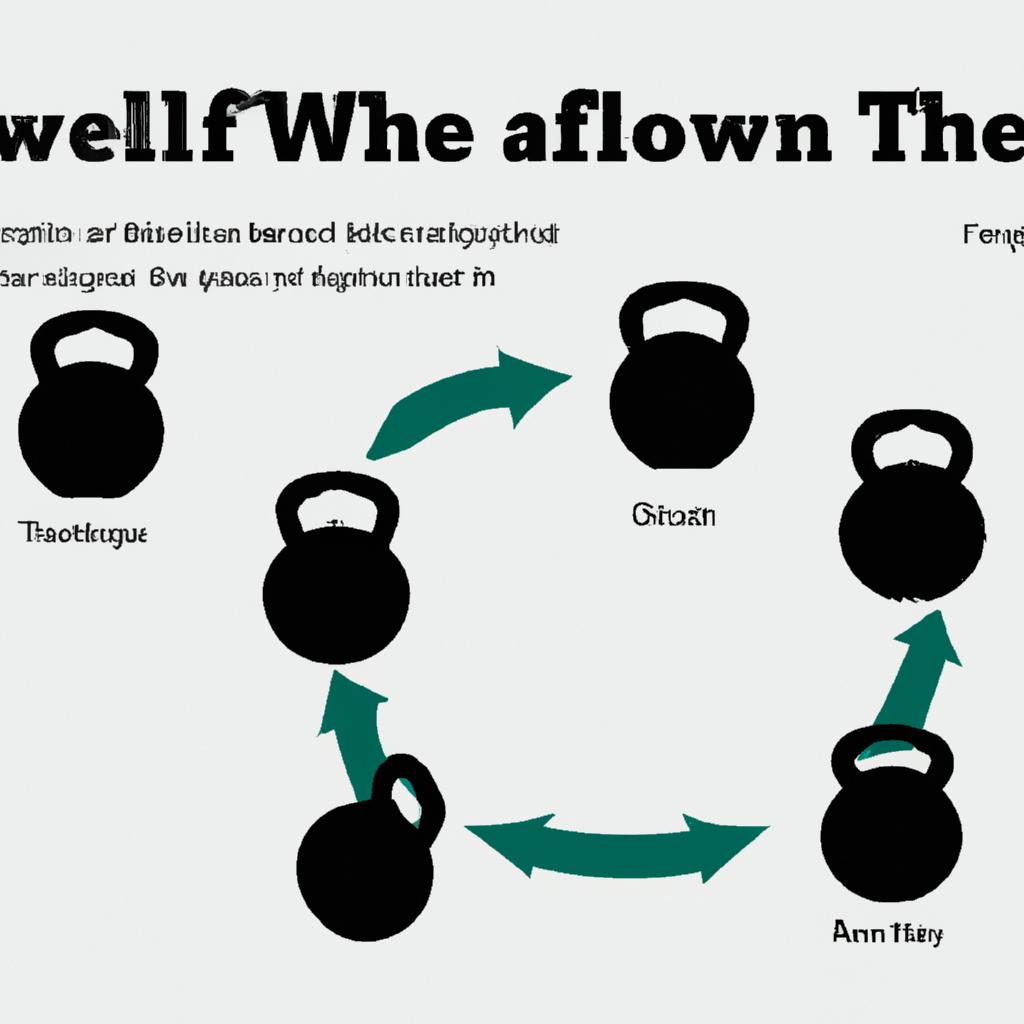**”Kettlebell Flow: How to Create a Dynamic Kettlebell Workout Routine for Improved Coordination and Core Stability”**
# Kettlebell Flow: How to Create a Dynamic Kettlebell Workout Routine for Improved Coordination and Core Stability
In the realm of functional fitness, kettlebell training has emerged as a formidable tool for building strength, enhancing coordination, and improving core stability. The fluidity and versatility of kettlebell movements allow for the creation of dynamic workout routines that not only challenge the body but also keep the mind engaged. In this blog post, we will explore how to develop an effective kettlebell flow routine that maximizes your workouts, alongside nutrition tips, exercise advice, and the health benefits associated with kettlebell training.
## Understanding Kettlebell Flow
### What is Kettlebell Flow?
Kettlebell flow refers to a series of interconnected kettlebell exercises performed in a seamless, continuous motion. This approach to training encourages both muscular engagement and cardiovascular conditioning, often incorporating movements that require balance, coordination, and agility. By linking exercises together, you can create a rhythm that challenges your body in new ways.
### Benefits of Kettlebell Flow
Kettlebell flow workouts can significantly improve overall fitness by enhancing coordination, core stability, and endurance. The flowing nature of these workouts requires you to maintain proper form while transitioning between movements, promoting muscle memory and functional strength.
## Creating Your Kettlebell Flow Routine
### Selecting Your Exercises
The foundation of a successful kettlebell flow is the selection of exercises. Choose 4-6 movements that can be performed in succession. Some effective exercises include:
– **Kettlebell Swings**: Great for hip hinge movement and explosive power.
– **Turkish Get-Ups**: Excellent for building core stability and mobility.
– **Kettlebell Snatches**: Powerful full-body movement that enhances coordination.
– **Kettlebell Lunges**: Adds lower body strength and stability.
### Structuring Your Flow
Once you’ve selected your exercises, structure your flow. A typical routine might start with a warm-up, followed by a series of exercises performed for a specific number of repetitions or time. For instance, you might perform each exercise for 30 seconds, transitioning smoothly into the next, and complete 2-4 rounds.
### Timing and Rest
Incorporate rest periods strategically to allow for recovery without compromising the flow. A good rule of thumb is to rest for 15-30 seconds between rounds, ensuring you maintain form and intensity throughout the workout.
## Nutrition Tips
To optimize your kettlebell flow routine, it’s essential to fuel your body with the right nutrition. Here are some key nutrition tips to consider:
– **Hydration**: Drink ample water before, during, and after your workout to keep your muscles hydrated and functioning optimally.
– **Pre-Workout Snacks**: Consume a light snack rich in carbohydrates and protein, such as a banana with almond butter or Greek yogurt with berries, about 30-60 minutes before your workout.
– **Post-Workout Recovery**: After your session, refuel with a balanced meal that includes lean protein, healthy fats, and complex carbohydrates. Think grilled chicken with quinoa and steamed vegetables.
## Exercise Advice
To get the most out of your kettlebell flow routine, keep the following exercise advice in mind:
– **Focus on Form**: Proper technique is crucial to prevent injury and maximize effectiveness. Start with lighter weights to master each movement before progressing to heavier kettlebells.
– **Listen to Your Body**: Pay attention to how your body feels during the workout. If you experience pain or discomfort, modify your technique or take a break.
– **Gradual Progression**: As you become more comfortable with your flow, gradually increase the weight of the kettlebell or the complexity of the movements to continually challenge yourself.
## Health Benefits
Incorporating kettlebell flow routines into your fitness regimen offers a myriad of health benefits:
– **Improved Coordination**: The dynamic nature of kettlebell flows promotes neuromuscular coordination, enhancing your overall athletic performance.
– **Enhanced Core Stability**: Many kettlebell movements require core engagement, improving stability and reducing the risk of injury in daily activities.
– **Increased Flexibility**: Kettlebell flows often involve a range of motion that can enhance flexibility and mobility, contributing to overall physical fitness.
– **Cardiovascular Endurance**: The continuous movement in kettlebell flows elevates the heart rate, providing a cardiovascular workout that can improve heart health.
## Conclusion
In summary, creating a dynamic kettlebell flow routine can significantly enhance your coordination, core stability, and overall fitness. By selecting the right exercises, structuring your flow effectively, and supporting your workouts with proper nutrition and exercise advice, you can unlock the full potential of kettlebell training. Embrace the challenge of kettlebell flow, and watch as your strength, endurance, and functional fitness improve.















Post Comment